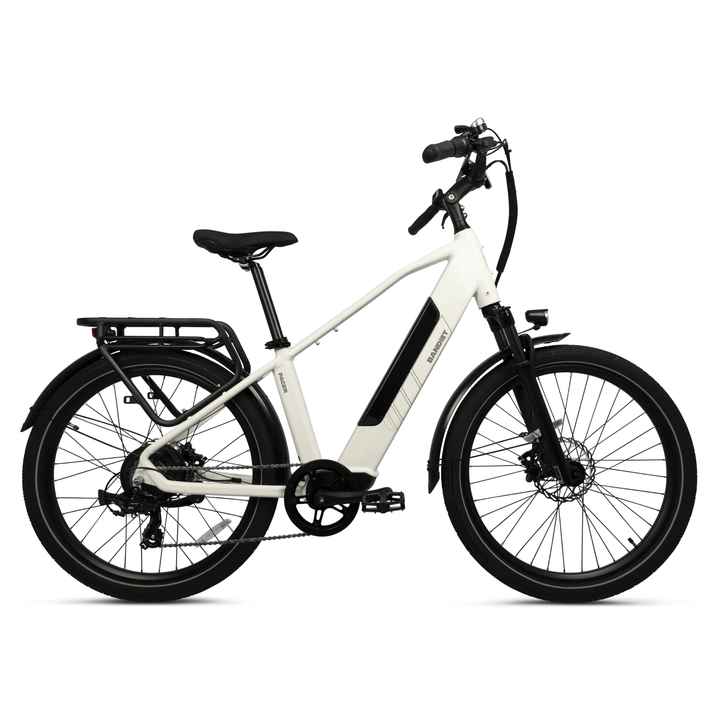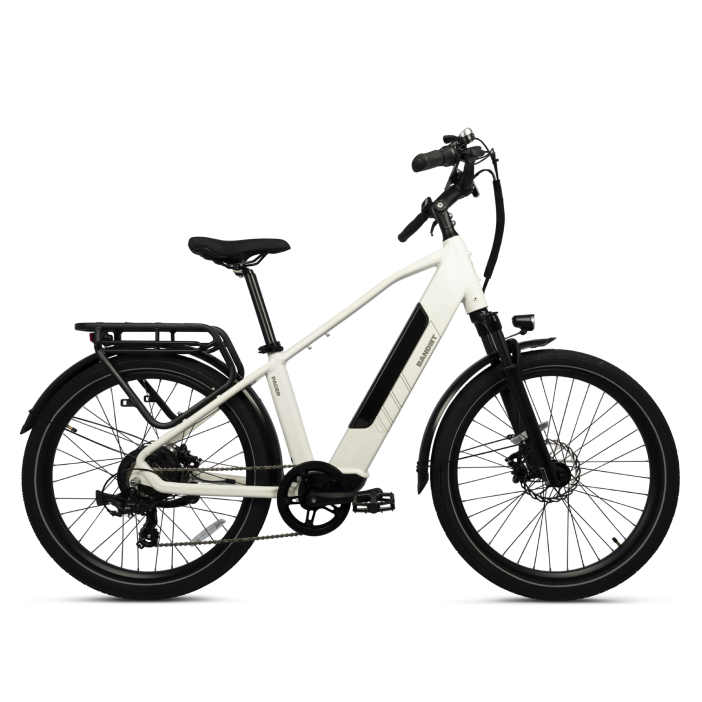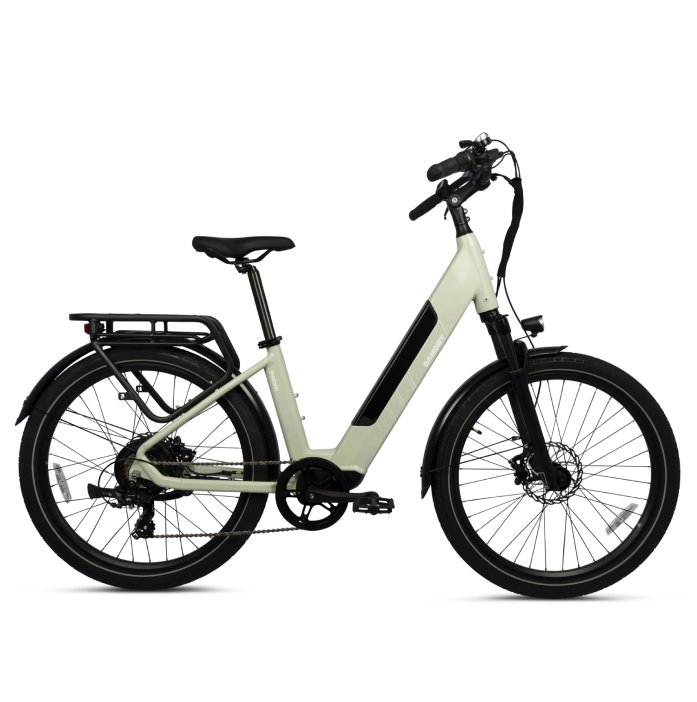In recent years, electric bikes (e-bikes) have surged in popularity as an environmentally friendly and efficient transportation option. Recognizing their potential to reduce traffic congestion and carbon emissions, various government bodies have introduced a range of incentives and tax credits to make e-bikes more accessible to the public. Here’s what you need to know about the latest e-bike tax credits and incentives in 2024, and how you can leverage them to save on your next e-bike purchase.
Understanding E-Bike Tax Credits
A tax credit directly reduces the amount of tax you owe, giving you a dollar-for-dollar reduction in your tax liability. This is different from a deduction, which only decreases the amount of income that is subject to tax. For e-bike buyers, this means you can subtract the amount of the credit from your total tax bill, potentially saving hundreds of dollars.
Federal E-Bike Incentive Program 2024
In 2024, the U.S. government has renewed its commitment to green transportation by offering a federal tax credit for e-bike purchases. This incentive is designed to make e-bikes more affordable for the average consumer and encourage more people to consider e-bikes as a viable transportation option. Here are the key details:
- Credit Amount: The program provides a tax credit of 30% of the cost of the e-bike, up to a maximum credit of $900.
- Eligibility: The credit applies to new e-bikes that cost less than $4,000. Both pedal-assist and throttle-activated bikes are eligible, as long as they have a maximum speed of 28 mph.
- Claiming the Credit: To claim the credit, purchasers must file it with their annual tax returns. It’s advisable to keep all purchase receipts and ensure the e-bike meets the criteria set by the IRS.
State-Specific Incentives
Several states and local governments have introduced their own incentives to complement the federal tax credit, which can include additional rebates, vouchers, or discounts on e-bike purchases. For example:
- California’s Clean Vehicle Rebate Project: Offers rebates that can be combined with federal credits, further reducing the cost of e-bikes for residents.
- Colorado’s E-Bike and E-Cargo Bike Incentive Program: Provides significant rebates for purchasing and using e-bikes, particularly for low-income households.
Utility Company Rebates
In some regions, local utility companies offer rebates as part of their initiatives to promote sustainable energy. These rebates can further decrease the upfront cost of an e-bike. It's worth checking with your local utility provider to see if they are participating in such a program.
Additional Savings and Benefits
Aside from direct savings through tax credits and rebates, owning an e-bike also reduces commuting costs, parking fees, and the overall carbon footprint, contributing to long-term savings and environmental benefits.
Conclusion
The growing availability of tax credits and incentives for e-bike purchases reflects an increasing recognition of their benefits for personal health, urban mobility, and the environment. By taking advantage of these financial incentives, consumers can significantly reduce the cost of acquiring an e-bike, making sustainable transportation more accessible to everyone. As these programs continue to evolve, potential e-bike buyers should stay informed about new opportunities to save money and support eco-friendly transportation choices.
With the right information and a bit of planning, purchasing an e-bike in 2024 can be an affordable and rewarding investment toward a greener, more efficient lifestyle.












